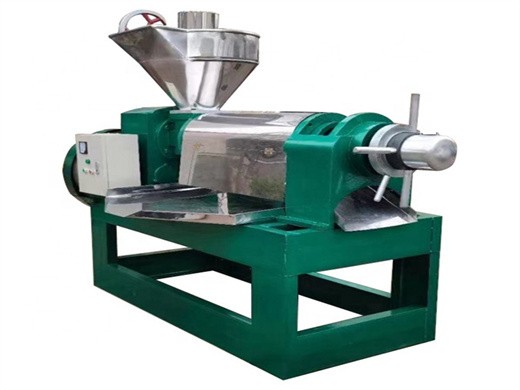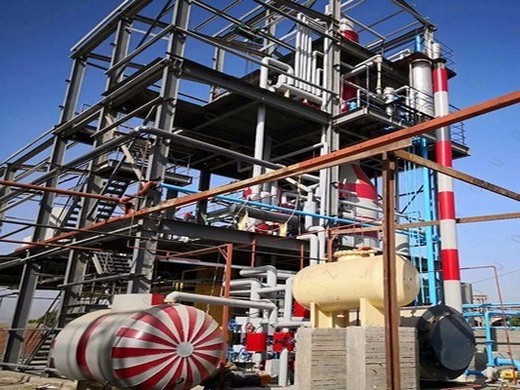combined effect of ohmic heating and enzyme assisted aqueous extraction process on soy oil recovery
Combined effect of ohmic heating and enzyme assisted
The process deals with the combined effect of ohmic heating and enzyme assisted aqueous oil extraction process (EAEP) on enhancement of oil recovery from soybean seed.
The process deals with the combined effect of ohmic heating and enzyme assisted aqueous oil extraction process (EAEP) on enhancement of oil recovery from soybean seed.
Combined effect of ohmic heating and enzyme assisted
Combined effect of ohmic heating and enzyme assisted aqueous extraction process on soy oil recovery By Akash Pare, Anurag Nema, V. K. Singh and B. L. Mandhyan Cite
Lamsal et al. reported that the oil extraction recovery was increased from 68% to 88% after treatment with extrusion . Wang and Johnson found that crude soybean oil from extruding process was low in phosphorus, FFA contents, and the oxidative stabilities . In addition, the nutritional value of lipids could be affected during extrusion as a
Studies on the effect of ohmic heating on oil recovery and
Jan 14, 2016· Combined effect of ohmic heating and enzyme assisted aqueous extraction process on soy oil recovery. Pare A, Nema A, Singh VK, Mandhyan BL. J Food Sci Technol, 51(8):1606-1611, 28 Mar 2012 Cited by: 2 articles PMID: 25114355 PMCID: PMC4108674. Free to read
The process deals with the combined effect of ohmic heating and enzyme assisted aqueous oil extraction process (EAEP) on enhancement of oil recovery from soybean seed.
Optimization of the Aqueous Enzymatic Extraction of
Akash Pare, Anurag Nema, V. K. Singh, B. L. Mandhyan, Combined effect of ohmic heating and enzyme assisted aqueous extraction process on soy oil recovery, Journal of Food Science and Technology, 10.1007/s13197-012-0685-0, 51, 8, (1606-1611), (2012).
Combined effect of ohmic heating and enzyme assisted aqueous extraction process on soy oil recovery. Journal of Food Science and Technology-Mysore, 51,
Parameters affecting enzyme-assisted aqueous extraction of
Oct 01, 2016· Aqueous extraction processing (AEP) and enzyme-assisted aqueous extraction processing (EAEP) are safe water-based extraction processes that, with the use of enzymes, have succeeded in achieving free oil yields as high as 88% in soybean oil extraction (Moura and Johnson, 2009, Moura et al., 2008).
Pare A, Nema A, Singh V, Mandhyan B. Combined effect of ohmic heating and enzyme assisted aqueous extraction process on soy oil recovery. J Food Sci Tech. 2012; 49:1–6. [PMC free article] Prakash J, Ramanatham G. Proximate composition and protein quality of stabilized rice bran. J Food Sci Tech. 1995; 32 (5):416–419.
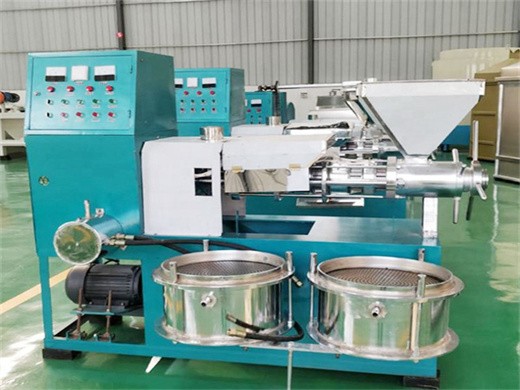
Destabilization of the emulsion formed during the enzyme
Soybean oil extraction from soybean flour by a neutral metallo-endopeptidase enzyme-assisted aqueous extraction process, optimized for effectiveness in reducing oil content of the solid residue, yields a small fraction of the oil as free oil whereas most is emulsified in a cream layer.
Get Price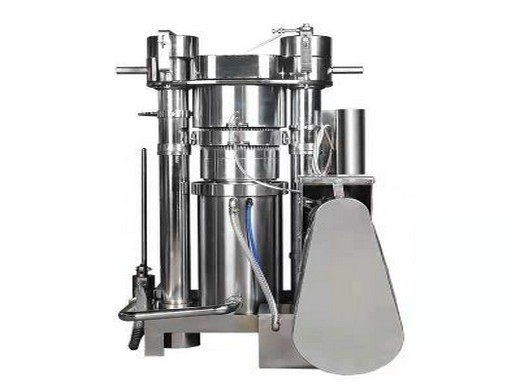
A comparison of commercial enzymes for the aqueous
Combined effect of ohmic heating and enzyme assisted aqueous extraction process on soy oil recovery. Pare A, Nema A, Singh VK, Mandhyan BL. J Food Sci Technol, 51(8):1606-1611, 28 Mar 2012 Cited by: 2 articles PMID: 25114355
Get Price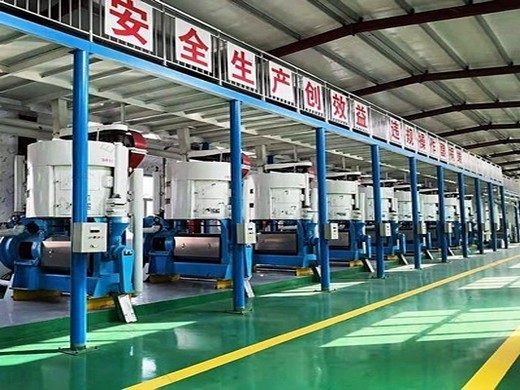
Extraction of Oil from Flaxseed (Linum usitatissimum L
Combined effect of ohmic heating and enzyme assisted aqueous extraction process on soy oil recovery Pare, A; Nema, A; Singh, VK; Mandhyan, BL Enzyme-assisted aqueous extraction of oil from Forsythia suspense seed and its physicochemical property and antioxidant activity
Get Price
Studies on the effect of ohmic heating on oil recovery and
Jan 14, 2016· Combined effect of ohmic heating and enzyme assisted aqueous extraction process on soy oil recovery. Pare A, Nema A, Singh VK, Mandhyan BL. J Food Sci Technol, 51(8):1606-1611, 28 Mar 2012 Cited by: 2 articles PMID: 25114355 PMCID: PMC4108674. Free to read
Get Price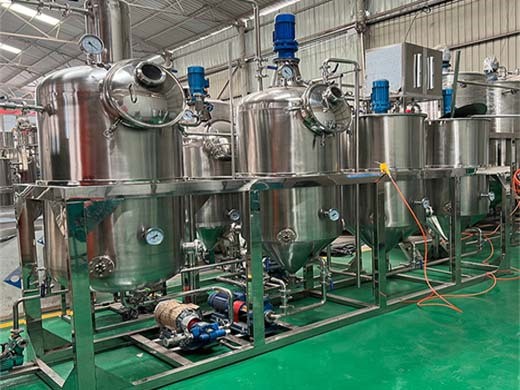
Journal of Food Science and Technology Volume 51, issue 8
Combined effect of ohmic heating and enzyme assisted aqueous extraction process on soy oil recovery Authors (first, second and last of 4) Akash Pare; Anurag Nema; B. L. Mandhyan; Content type: Original Article; Published: 28 March 2012; Pages: 1606 1611
Get Price
Extraction of Oil from Flaxseed ( Linum usitatissimum L
Combined effect of ohmic heating and enzyme assisted aqueous extraction process on soy oil recovery. Journal of Food Science and Technology-Mysore, 51,
Get Price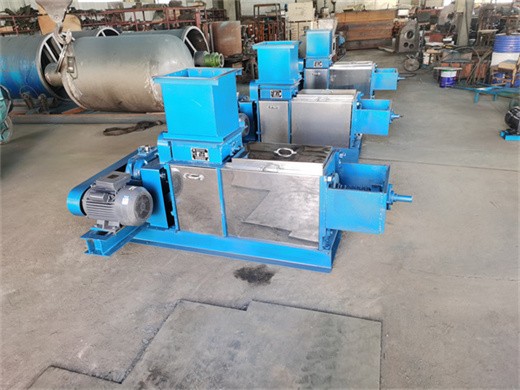
A comparison of commercial enzymes for the aqueous
Combined effect of ohmic heating and enzyme assisted aqueous extraction process on soy oil recovery. Pare A, Nema A, Singh VK, Mandhyan BL. J Food Sci Technol, 51(8):1606-1611, 28 Mar 2012 Cited by: 2 articles PMID: 25114355
Get Price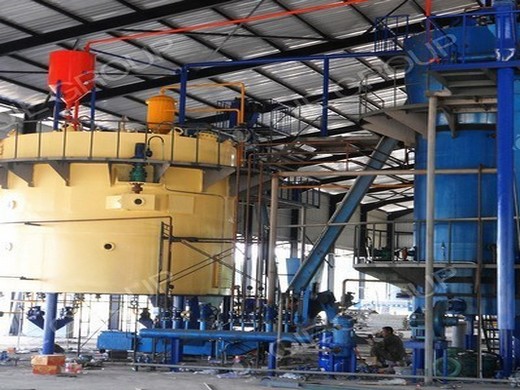
Parameters affecting enzyme-assisted aqueous extraction of
Oct 01, 2016· Aqueous extraction processing (AEP) and enzyme-assisted aqueous extraction processing (EAEP) are safe water-based extraction processes that, with the use of enzymes, have succeeded in achieving free oil yields as high as 88% in soybean oil extraction (Moura and Johnson, 2009, Moura et al., 2008).
Get Price
Ohmic heating as a pre-treatment in solvent extraction of
Pare A, Nema A, Singh V, Mandhyan B. Combined effect of ohmic heating and enzyme assisted aqueous extraction process on soy oil recovery. J Food Sci Tech. 2012; 49:1–6. [PMC free article] Prakash J, Ramanatham G. Proximate composition and protein quality of stabilized rice bran. J Food Sci Tech. 1995; 32 (5):416–419.
Get Price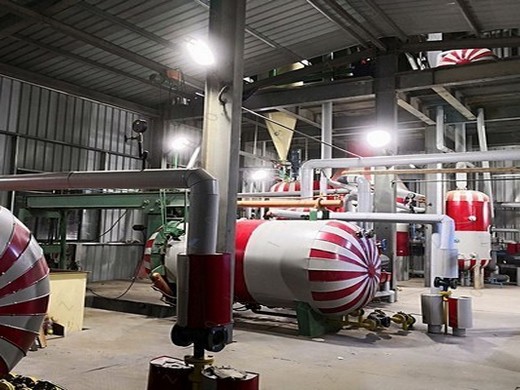
SUMMARY Grasas y Aceites
The extraction yield by flaking and extrusion pre-treatment followed by enzyme-assisted aqueous extraction method was reported to be 88% using soybeans containing 23.8% oil as a studying material, but the recovery yield of oil was not stated (Lamsal et al., 2006). However, the majority of oil extracted was in emulsion so that the final recovery
Get Price
Destabilization of the emulsion formed during the enzyme
Soybean oil extraction from soybean flour by a neutral metallo-endopeptidase enzyme-assisted aqueous extraction process, optimized for effectiveness in reducing oil content of the solid residue, yields a small fraction of the oil as free oil whereas most is emulsified in a cream layer.
Get Price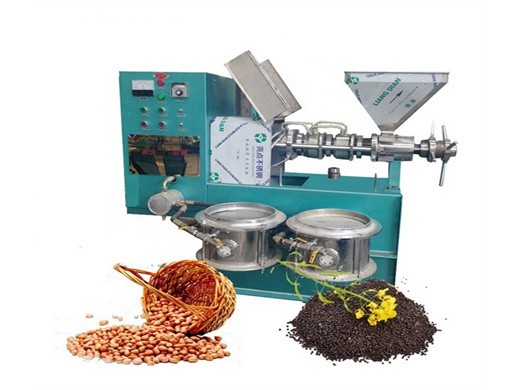
Optimization of aqueous enzymatic method for Camellia
Although immobilization of enzymes has the advantages of enhancing enzyme stability, widening the pH tolerance range, declining costs, and improving enzyme selectivity,there have been few reports describing oil seed degradation for oil recovery using immobilized enzymes. During the AEE process, the oil seed substrate exists in the form of a
Get Price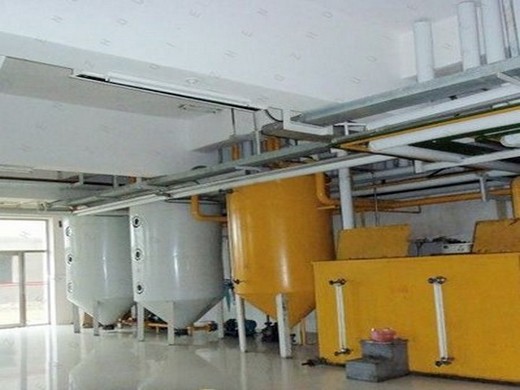
Single-step enzyme processing of soybeans into intact oil
The soy flakes and flour used in previous studies of enzyme-assisted aqueous extraction were pretreated by methods such as extrusion, heat treatment, grinding and pressing [, ]. These pretreatments destroyed the structures of cells and subcellular protein and oil bodies, resulting in complex mixtures of all components that would tend to be more
Get Price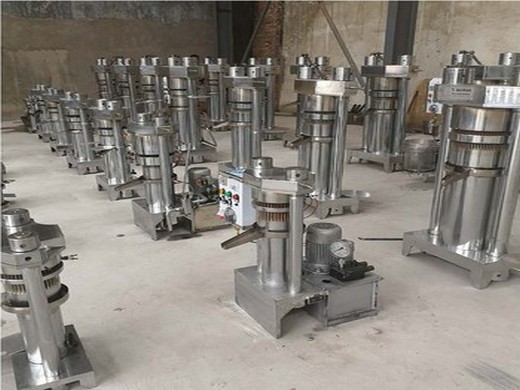
Enzyme-Assisted Aqueous Extraction of Oil from Isolated
Enzyme-assisted aqueous extraction of oil from isolated soybean oleosomes was evaluated as an alternative to the conventional organic solvent extraction. Three different processes: hydrolysis of oleosomes, thermal demulsification of the skim or the slurry, and destabilization of the cream by the churning butter process were examined to enhance the release of free oil from isolated
Get Price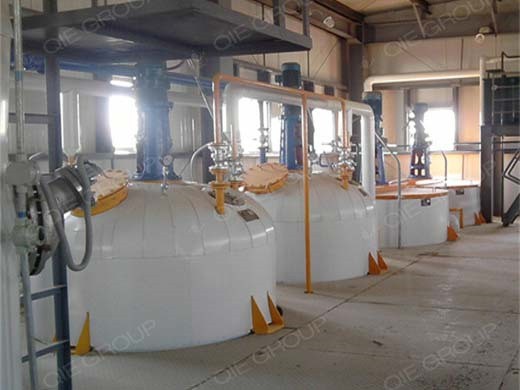
Destabilization of the emulsion formed during the enzyme
Soybean oil extraction from soybean flour by a neutral metallo-endopeptidase enzyme-assisted aqueous extraction process, optimized for effectiveness in reducing oil content of the solid residue, yields a small fraction of the oil as free oil whereas most is emulsified in a cream layer.
Get Price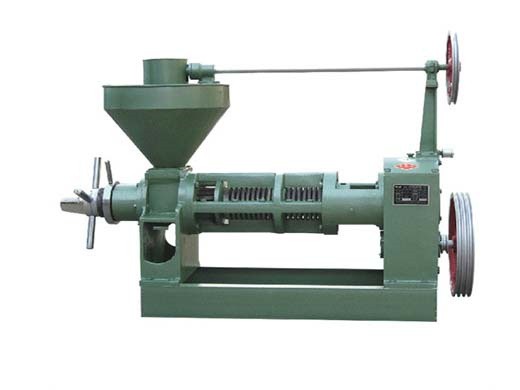
Enzyme-Assisted Aqueous Extraction of Oil from Isolated
Enzyme-assisted aqueous extraction of oil from isolated soybean oleosomes was evaluated as an alternative to the conventional organic solvent extraction. Three different processes: hydrolysis of oleosomes, thermal demulsification of the skim or the slurry, and destabilization of the cream by the churning butter process were examined to enhance the release of free oil from isolated
Get Price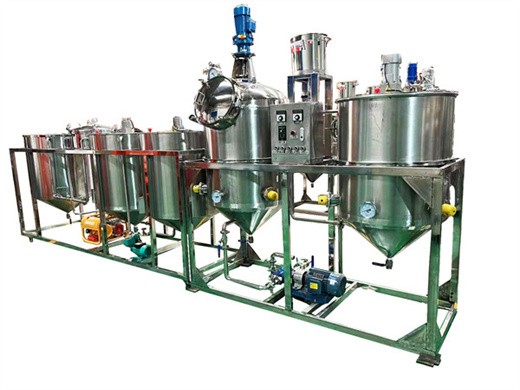
Optimization of aqueous enzymatic method for Camellia
Although immobilization of enzymes has the advantages of enhancing enzyme stability, widening the pH tolerance range, declining costs, and improving enzyme selectivity,there have been few reports describing oil seed degradation for oil recovery using immobilized enzymes. During the AEE process, the oil seed substrate exists in the form of a
Get Price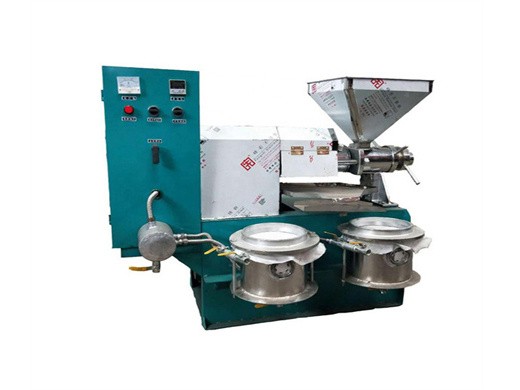
Flaking and Extrusion as Mechanical Treatments for Enzyme
in achieving high oil extraction recovery from extruded flakes. Aqueous extraction of extruded full-fat soy flakes gave 68% re-covery of the total available oil without using enzymes. A 0.5% wt/wt protease treatment after flaking and extruding dehulled soy-beans increased oil extraction recovery to 88% of the total avail-able oil.
Get Price


